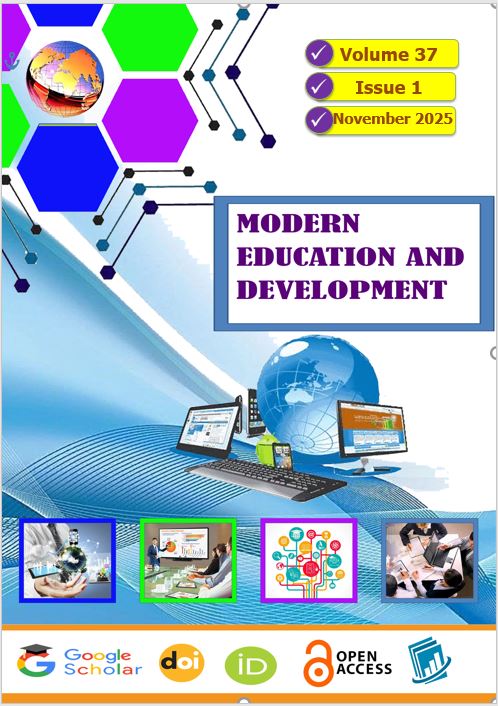THE USE OF PICTURE BOOKS FOR VOCABULARY ENRICHMENT IN YOUNG LEARNERS
Keywords:
picture books, vocabulary enrichment, young learners, early language education, visual literacy, multimodal learning, storytelling, shared reading, dialogic reading, teacher scaffolding, contextual learning, reading comprehension, language acquisition.Abstract
Vocabulary acquisition in early childhood is essential for linguistic, cognitive, and academic development. One effective tool for enriching children’s vocabulary is the use of picture books, which combine text and illustrations to create a multimodal learning experience. Picture books enable learners to understand words in context, visualize meaning, and engage emotionally with stories. This article explores how picture books can enhance vocabulary learning in young learners aged 4–8. The paper first outlines the cognitive and pedagogical theories underpinning the effectiveness of picture books in vocabulary instruction and then provides practical, classroom-based strategies for implementation. Finally, it discusses challenges and implications for teachers and curriculum designers, concluding that picture books, when used interactively and purposefully, represent a powerful approach to vocabulary enrichment and language development.

